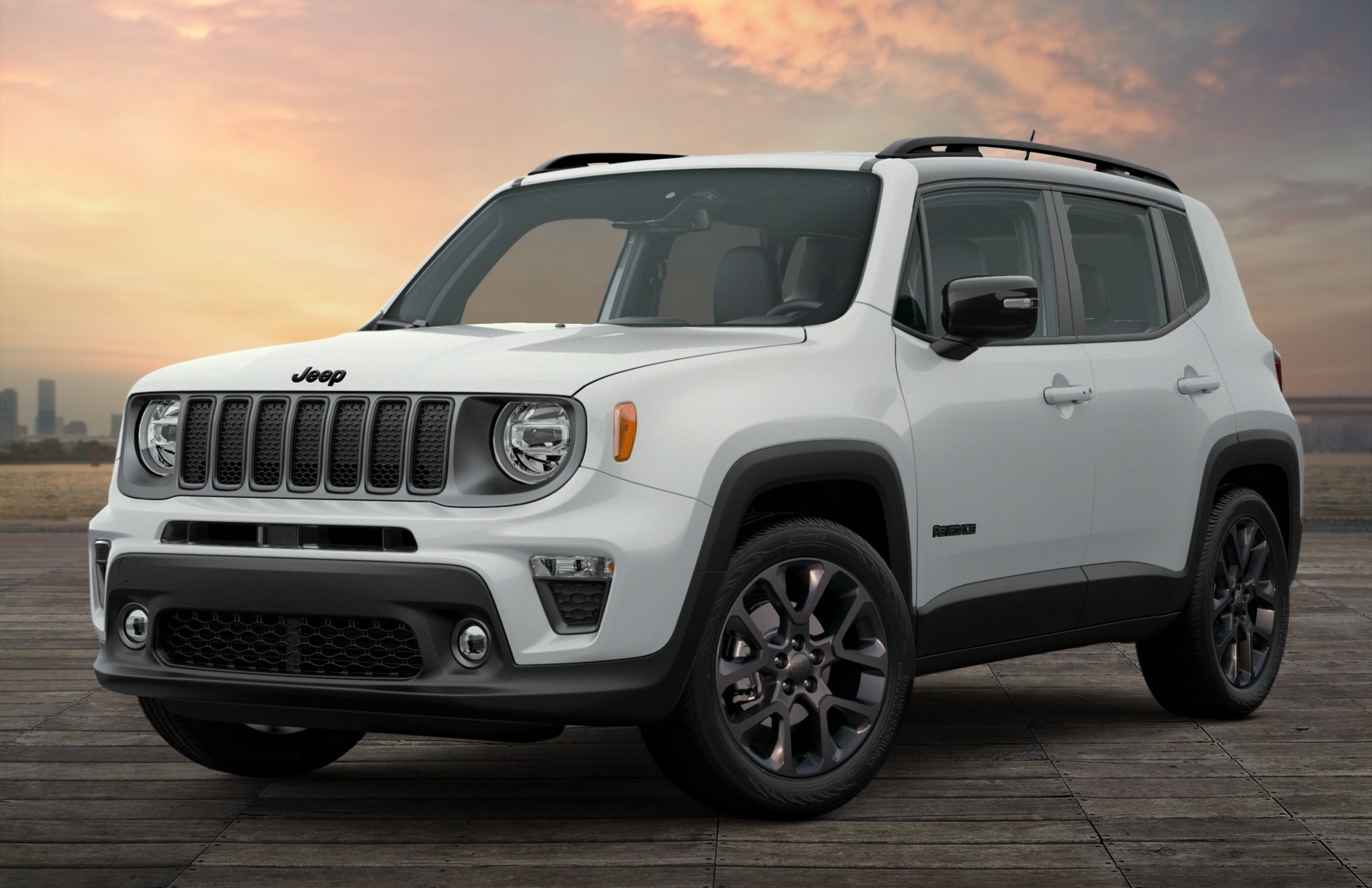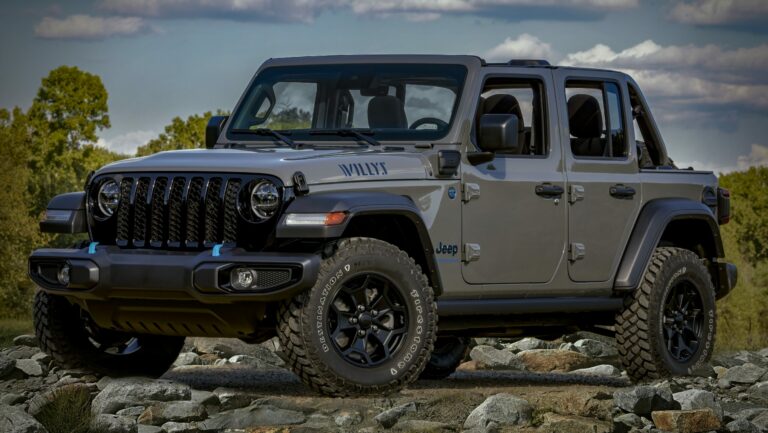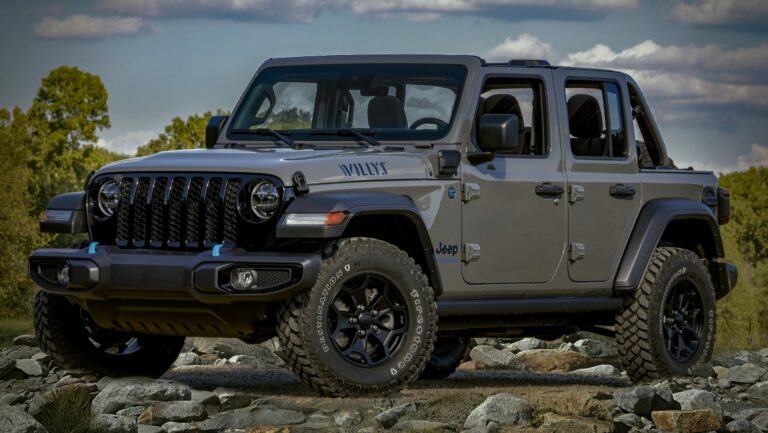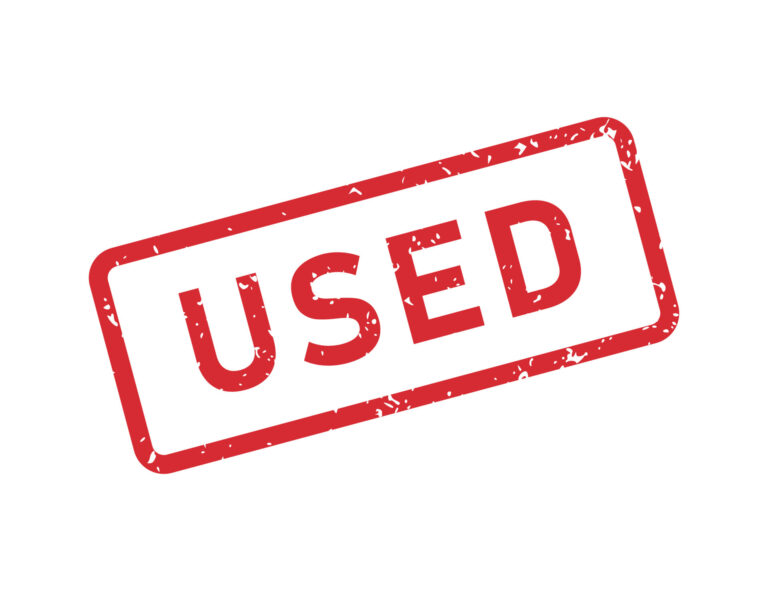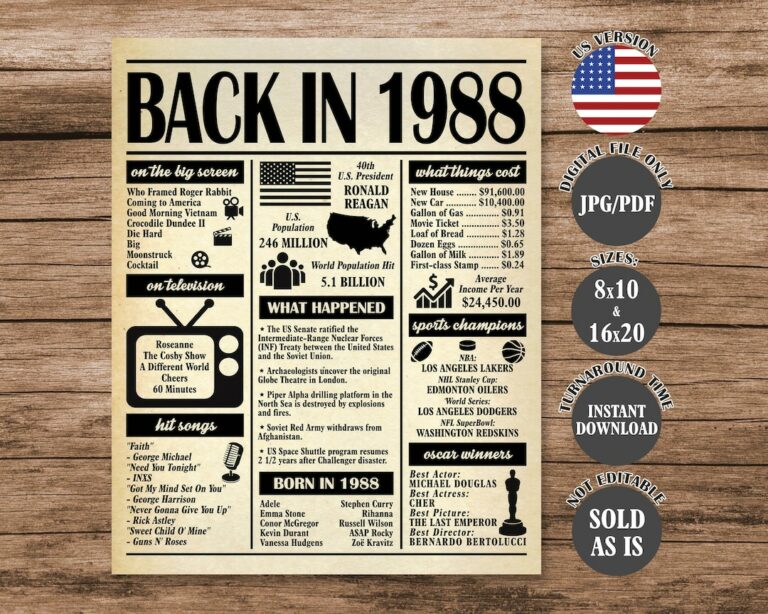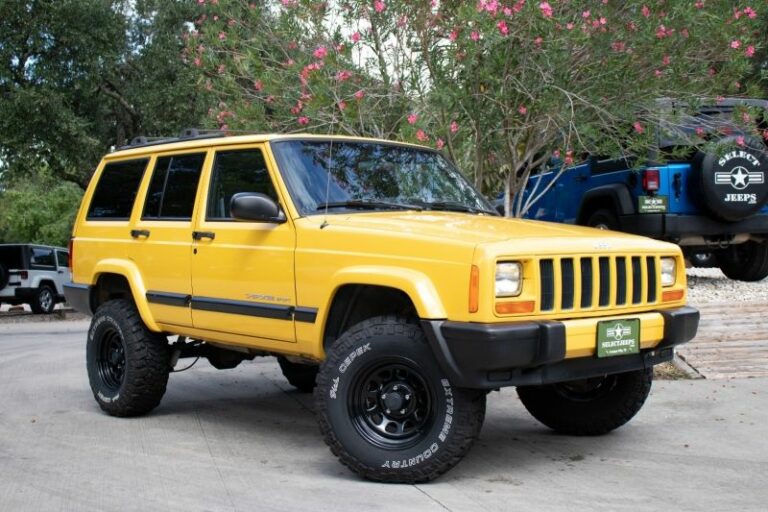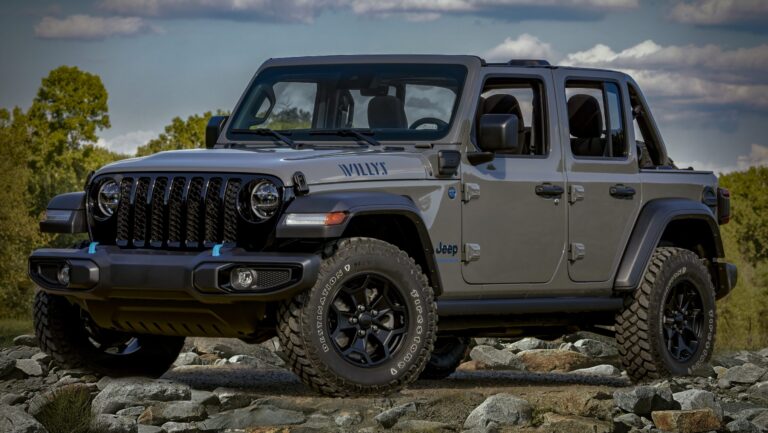Jeep Cherokee Wheels And Tires For Sale: Your Ultimate Guide to Upgrading and Maintaining
Jeep Cherokee Wheels And Tires For Sale: Your Ultimate Guide to Upgrading and Maintaining jeeps.truckstrend.com
The Jeep Cherokee, in its various iterations from the iconic XJ to the modern KL, has always stood as a symbol of rugged capability and adventurous spirit. Whether you’re navigating urban jungles, hitting the trails, or enduring harsh winter conditions, your Jeep Cherokee’s wheels and tires are its primary connection to the road – or lack thereof. They are not merely functional components; they are critical elements that dictate performance, safety, fuel efficiency, and even the aesthetic appeal of your vehicle.
For many Jeep owners, the quest for "Jeep Cherokee Wheels And Tires For Sale" is more than just a routine replacement; it’s an opportunity. It’s a chance to upgrade, customize, enhance off-road prowess, or simply restore the vehicle to its optimal factory specifications. This comprehensive guide will delve into every aspect of acquiring, understanding, and choosing the perfect wheels and tires for your Jeep Cherokee, ensuring you make an informed decision that elevates your driving experience.
Jeep Cherokee Wheels And Tires For Sale: Your Ultimate Guide to Upgrading and Maintaining
Understanding Your Jeep Cherokee’s Wheel and Tire Needs: A Foundation
Before diving into the myriad options available, it’s crucial to understand the specific requirements and nuances of your Jeep Cherokee model. The Cherokee line has evolved significantly over the years, and what fits an XJ (1984-2001) will likely not fit a KL (2014-present) without significant modifications.
Generational Differences and Fitment:
- Jeep Cherokee XJ (1984-2001): Known for its solid axles and robust build. Typically uses a 5×4.5 inch (5×114.3mm) bolt pattern. Owners often seek larger tires (e.g., 30-33 inches) with lift kits for off-road performance.
- Jeep Liberty/Cherokee KJ (2002-2007) & KK (2008-2012): These models also generally use the 5×114.3mm bolt pattern. While capable, they have independent front suspension, which can limit tire size without modifications.
- Jeep Cherokee KL (2014-Present): A completely redesigned platform with a more car-like unibody construction. These models use a 5x110mm bolt pattern, significantly different from earlier generations. Tire sizes are typically more conservative, ranging from 225/60R17 to 245/65R17 or 245/65R18, depending on the trim (e.g., Trailhawk often comes with more aggressive tires).

Key Wheel and Tire Metrics:
- Bolt Pattern: The number of lug holes and the diameter of the circle they form (e.g., 5×114.3mm). Crucial for proper fitment.
- Wheel Diameter (in inches): The size of the wheel (e.g., 15", 17", 18"). Larger wheels can accommodate larger brakes but often mean less sidewall on the tire.
- Wheel Width (in inches): How wide the wheel is. Must be compatible with the tire’s width.
- Backspacing/Offset: Determines how far the wheel sits inward or outward from the hub. Incorrect backspacing can lead to rubbing on suspension components or fenders.
- Tire Size: Expressed as a series of numbers (e.g., 245/70R17).
- 245: Tire width in millimeters.
- 70: Aspect ratio (sidewall height as a percentage of width).
- R: Radial construction.
- 17: Wheel diameter in inches.
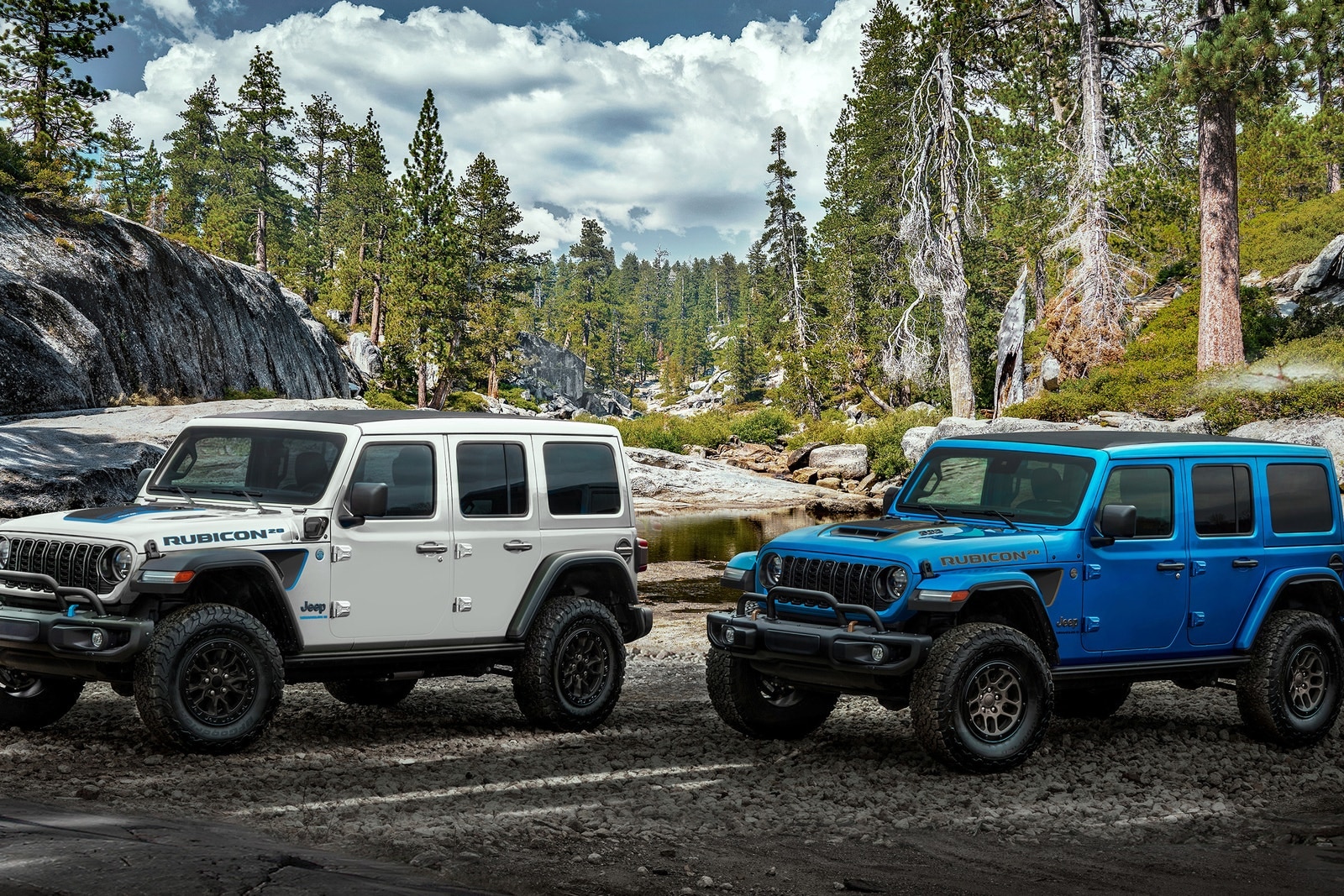

Understanding these metrics is the first step in ensuring compatibility and achieving your desired performance and aesthetic goals.
Decoding Jeep Cherokee Tire Types: Matching Rubber to Your Road
The type of tire you choose profoundly impacts your Jeep Cherokee’s performance, comfort, and safety across different driving conditions.
-
All-Season (A/S) Tires:
- Description: Designed for general use in various weather conditions, excluding extreme snow or ice. They offer a balanced compromise of traction, ride comfort, and tread life.
- Pros: Versatile, good daily driving performance, decent longevity, quiet ride.
- Cons: Limited performance in deep snow, mud, or extreme off-road conditions.
- Best For: Daily drivers, suburban use, areas with mild winters.
-
All-Terrain (A/T) Tires:
- Description: A popular choice for Jeep owners, A/T tires feature a more aggressive tread pattern than all-season tires, providing better off-road traction while still being suitable for pavement.
- Pros: Good balance of on-road manners and off-road capability, durable, often "three-peak mountain snowflake" rated for severe snow.
- Cons: Can be slightly noisier than all-season tires, marginal impact on fuel economy.
- Best For: Weekend adventurers, light to moderate off-roading, owners who frequently encounter varied terrain.
-
Mud-Terrain (M/T) Tires:
- Description: Characterized by large, aggressive tread blocks and wide voids designed to grip in mud, rocks, and loose dirt.
- Pros: Excellent traction in extreme off-road conditions, aggressive appearance.
- Cons: Noisy on pavement, faster wear, poorer wet pavement grip, significant impact on fuel economy, less comfortable ride.
- Best For: Serious off-road enthusiasts, rock crawling, deep mudding.
-
Winter/Snow Tires:
- Description: Made with specialized rubber compounds that remain flexible in cold temperatures and feature unique tread patterns (siping) for superior grip on snow and ice.
- Pros: Unmatched traction and braking performance in winter conditions, essential for safety in snowy climates.
- Cons: Not suitable for warm weather (wear quickly), requires seasonal swapping, additional cost.
- Best For: Owners living in regions with harsh, snowy winters.
-
Highway Terrain (H/T) Tires:
- Description: Focus on smooth, quiet ride quality and fuel efficiency, primarily for paved roads.
- Pros: Excellent on-road comfort, low noise, good fuel economy.
- Cons: Very limited off-road capability.
- Best For: Primarily highway driving, no off-road excursions.
Additionally, consider the Load Rating (how much weight a tire can safely carry) and Speed Rating (the maximum speed a tire can safely maintain). For heavier-duty use or towing, "LT" (Light Truck) designated tires often provide higher load capacities than "P" (Passenger) rated tires.
Types of Wheels for Jeep Cherokees: Style Meets Substance
Wheels, often referred to as rims, are not just about aesthetics; they play a crucial role in vehicle performance, weight, and durability.
-
Steel Wheels:
- Pros: Inexpensive, very durable, easy to repair (bend rather than crack), good for off-roading where damage is likely.
- Cons: Heavy, basic appearance, can rust over time.
- Best For: Budget-conscious buyers, heavy-duty off-roading, winter setups.
-
Alloy Wheels (Aluminum):
- Pros: Lighter than steel (improves handling, braking, and potentially fuel economy), wide variety of designs and finishes (machined, painted, chrome), better heat dissipation for brakes.
- Cons: More expensive, can crack or shatter under severe impact (less repairable than steel), susceptible to curb rash.
- Best For: Most daily drivers, those seeking aesthetic upgrades, performance enthusiasts.
-
Aftermarket Performance Wheels:
- Beadlock Wheels: Designed for extreme off-roading, they physically clamp the tire bead to the wheel, allowing for very low tire pressures without the tire coming off the rim. Not typically street legal in all areas.
- Flow-Formed/Forged Wheels: Lighter and stronger than standard cast alloy wheels due to advanced manufacturing processes. Offer superior performance but come at a premium price.
When choosing wheels, consider the finish (gloss black, matte black, chrome, polished aluminum) to complement your Jeep’s color and your personal style.
Important Considerations When Buying Wheels and Tires
Making the right purchase goes beyond simply picking a size and type. Several critical factors demand your attention:
- Fitment and Clearance: This is paramount. Ensure your chosen wheel and tire combination will clear your fenders, suspension components, and inner wheel wells, especially when turning or articulating the suspension. Larger tires often necessitate a suspension lift kit.
- Suspension Modifications: If you plan on significantly upsizing your tires, a lift kit is almost always required. Research reputable lift kit brands for your specific Cherokee model.
- Speedometer Recalibration: Installing tires with a different overall diameter than stock will affect your speedometer and odometer accuracy. A recalibration device or programming is often necessary.
- Load Rating and Speed Rating: Always match or exceed the vehicle manufacturer’s recommended load and speed ratings to ensure safety and prevent premature tire wear.
- TPMS (Tire Pressure Monitoring System): Modern Cherokees are equipped with TPMS. When purchasing new wheels, ensure they are compatible with your existing TPMS sensors, or budget for new ones and potential reprogramming.
- Budget: New wheel and tire packages can range from hundreds to thousands of dollars. Factor in installation, balancing, TPMS, and potential alignment costs.
- New vs. Used:
- New: Offers full warranty, known history, latest technology, and fresh rubber.
- Used: Significant cost savings, but requires careful inspection for damage, uneven wear, and tire age (check the DOT date code – tires older than 6-10 years, regardless of tread, should be viewed with caution).
- Mounting and Balancing: Professional mounting and balancing are essential for smooth operation, safety, and even tire wear. Never skip this step.
- Alignment: After installing new wheels and tires, especially if changing sizes or suspension components, a professional alignment is highly recommended to ensure proper handling and prevent uneven tire wear.
Where to Find Jeep Cherokee Wheels and Tires For Sale
The market for Jeep Cherokee wheels and tires is vast, offering various avenues to find what you need.
-
Online Retailers:
- Pros: Huge selection, competitive pricing, extensive reviews, convenient shopping from home. Many offer package deals with free mounting and balancing.
- Cons: Can’t physically inspect products before purchase, shipping costs can be high for large items, returns can be cumbersome.
- Examples: Tire Rack, Discount Tire Direct, Quadratec, ExtremeTerrain, Amazon, eBay.
-
Local Tire Shops and Automotive Stores:
- Pros: Expert advice, hands-on inspection, professional installation and service, immediate gratification.
- Cons: Potentially higher prices than online, limited inventory on hand.
- Examples: Discount Tire, Les Schwab, Pep Boys, Mavis Discount Tire, independent local shops.
-
Used Marketplaces and Forums:
- Pros: Best option for significant cost savings, potential to find rare or specific setups.
- Cons: Higher risk of hidden damage or worn components, "buyer beware" situation, no warranty.
- Examples: Craigslist, Facebook Marketplace, dedicated Jeep forums (e.g., CherokeeForum.com, JeepForum.com), local off-road swap meets.
-
Jeep Dealerships:
- Pros: Guaranteed OEM fitment, access to Mopar accessories and genuine parts, professional service.
- Cons: Typically the most expensive option.
- Best For: Owners seeking exact factory replacements or specific Mopar upgrades.
Tips for Buying and Selling Used Wheels and Tires
The used market can be a goldmine, but it requires diligence.
For Buyers:
- Inspect Thoroughly: Look for cracks, bends, deep gouges, or signs of previous repairs on wheels. For tires, check tread depth (use a penny or gauge), look for patches, bulges, dry rot (cracks in the sidewall), and uneven wear.
- Check the DOT Date Code: This four-digit code indicates the week and year of manufacture (e.g., 2521 means 25th week of 2021). Avoid tires older than 6 years, even if they look good, as rubber degrades over time.
- Ask Questions: Inquire about the mileage on the tires, why they are being sold, if they’ve ever been repaired, and if the seller experienced any issues.
- Verify Fitment: Double-check the bolt pattern, offset, and tire size against your Cherokee’s requirements.
For Sellers:
- Clean Them Up: A clean set of wheels and tires presents better and fetches a higher price.
- Take Good Photos: High-quality, well-lit photos from multiple angles (including tread depth and any imperfections) are crucial.
- Be Honest: Disclose any damage, repairs, or known issues upfront. Transparency builds trust.
- Know Your Specs: Provide all relevant information: wheel diameter, width, offset, bolt pattern, tire size, brand, model, tread depth, and DOT date code.
- Price Competitively: Research similar listings to set a fair price. Be prepared to negotiate.
The Benefits of Upgrading Your Jeep Cherokee’s Wheels and Tires
Beyond mere replacement, upgrading your Jeep Cherokee’s wheels and tires offers a multitude of advantages:
- Improved Off-Road Capability: Larger, more aggressive A/T or M/T tires provide enhanced traction, ground clearance, and durability for tackling challenging terrain.
- Enhanced Aesthetics and Customization: New wheels and tires can dramatically change the look of your Cherokee, allowing for personalized styling from rugged to sleek.
- Better Handling and Performance: Lighter alloy wheels can reduce unsprung weight, leading to improved acceleration, braking, and more responsive handling. Performance tires offer better grip on pavement.
- Increased Safety: Properly chosen tires for specific conditions (e.g., winter tires) significantly improve grip, braking, and overall safety. Correct load-rated tires ensure the vehicle can safely carry its intended weight.
- Potential for Better Fuel Efficiency: While often overlooked, lighter wheels can slightly improve fuel economy, and some H/T or low-rolling-resistance A/S tires are designed with efficiency in mind.
Price Table: Estimated Costs for Jeep Cherokee Wheels and Tires
Please note: These prices are estimates and can vary significantly based on brand, specific model, retailer, promotions, condition (new/used), and geographical location. Always get multiple quotes.
| Component Type | Description | Estimated Price Range (USD) | Key Considerations |
|---|---|---|---|
| New Tires (per tire) | |||
| All-Season (P-rated) | Standard road use, good longevity. | $100 – $250 | Quiet ride, moderate grip. |
| All-Terrain (A/T) | Balanced on/off-road performance. | $150 – $400+ | Aggressive tread, durable, popular for Jeeps. |
| Mud-Terrain (M/T) | Extreme off-road traction. | $200 – $500+ | Noisy on road, specialized for serious off-roading. |
| Winter/Snow | Superior cold weather grip. | $120 – $350 | Essential for snowy climates; requires seasonal swap. |
| New Wheels (per wheel) | |||
| Steel Wheels | Durable, budget-friendly, often for off-road/winter. | $70 – $150 | Heavier, basic aesthetics, can rust. |
| Alloy Wheels (Standard) | Lighter, diverse designs, common upgrade. | $120 – $400+ | Better heat dissipation, varied styles, prone to curb rash. |
| Performance/Off-Road | Beadlock capable, forged, specific brands. | $300 – $800+ | Specialized use, premium cost, highly durable/lightweight. |
| New Wheel & Tire Packages (set of 4) | |||
| Basic All-Season Pkg. | Steel wheels + entry-level all-season tires. | $700 – $1,500 | Economical daily driver setup, good for replacements. |
| Mid-Range A/T Pkg. | Alloy wheels + popular all-terrain tires. | $1,200 – $2,500+ | Most popular for balance of aesthetics and capability. |
| Premium M/T/Off-Road Pkg. | High-quality alloy/steel + aggressive M/T tires. | $2,000 – $4,000+ | For serious off-roading and a very aggressive look. |
| Used Wheels & Tires (set of 4) | |||
| Varies Wildly | Condition dependent (tread depth, age, damage). | $300 – $1,500+ | Inspect thoroughly, check tread depth and DOT date code; buyer beware. |
| Additional Costs (Estimated) | |||
| Mounting & Balancing | Per wheel/tire (often included with new packages). | $15 – $35 | Crucial for smooth ride and tire longevity. |
| TPMS Sensors (new) | Per sensor (if new wheels don’t have them). | $25 – $80 | May need programming by a dealer or specialized shop. |
| Alignment | Recommended after any wheel/tire/suspension change. | $80 – $150 | Prevents uneven tire wear and ensures proper handling. |
| Shipping Costs | Depends on size/weight/distance/retailer. | $50 – $300+ | Can be substantial for full sets. |
Frequently Asked Questions (FAQ) about Jeep Cherokee Wheels and Tires
Q1: What’s the best tire size for my Jeep Cherokee?
A1: It depends heavily on your Cherokee’s generation and whether it has a lift kit.
- XJ/KJ/KK: Many stock models can accommodate up to 30-31 inch tires (with minor trimming). Lifted models can go much larger (33+ inches).
- KL: Stock sizes typically range from 225/60R17 to 245/65R18. The Trailhawk trim often comes with more aggressive stock tires and slightly more clearance. Going significantly larger usually requires a lift. Always check your specific model’s clearances.
Q2: Do I need a lift kit for larger tires?
A2: For significant increases in tire size (e.g., more than 1-2 inches over stock diameter), yes, a lift kit is almost always necessary to prevent rubbing on fenders, control arms, or other suspension components, especially during turns or suspension compression.
Q3: Can I put different size wheels/tires on my 4WD Jeep Cherokee?
A3: No, it is strongly advised against. On 4WD/AWD vehicles, all four tires must be the same size, type, and have very similar tread depths. Differences can cause excessive wear on the drivetrain (transfer case, differentials) and lead to costly repairs.
Q4: How often should I rotate my Jeep Cherokee’s tires?
A4: Most manufacturers recommend rotating tires every 5,000 to 8,000 miles (or every other oil change) to promote even wear and extend tire life. For 4WD vehicles, a 5-tire rotation (including the spare) is often recommended if the spare matches the other four.
Q5: What is the bolt pattern for a Jeep Cherokee?
A5: It varies by generation:
- Jeep Cherokee XJ (1984-2001), KJ (2002-2007), KK (2008-2012): 5×4.5 inches (5×114.3mm).
- Jeep Cherokee KL (2014-Present): 5x110mm.
Always double-check your specific vehicle’s specifications.
Q6: What is backspacing/offset and why is it important?
A6:
- Backspacing: The distance from the mounting surface of the wheel to the back edge of the wheel.
- Offset: The distance from the wheel’s mounting surface to the centerline of the wheel.
Both affect how far the wheel and tire assembly sits inward or outward in the wheel well. Incorrect backspacing/offset can cause tires to rub on suspension components (too much backspacing/positive offset) or stick out too far and rub fenders (too little backspacing/negative offset), especially with wider or larger tires.
Q7: Should I buy new or used wheels and tires for my Jeep Cherokee?
A7:
- New: Offers peace of mind, warranty, full tread life, and the latest technology. Ideal if budget allows.
- Used: Can save significant money, but comes with risks like hidden damage, unknown history, and limited remaining tread life or tire age. Best for budget-conscious buyers who are knowledgeable in inspecting tires and wheels.
Q8: Will my TPMS (Tire Pressure Monitoring System) work with new wheels?
A8: If your new wheels are specifically designed to accept your existing TPMS sensors, you can often transfer them. However, sometimes new wheels require new sensors. After installation, the TPMS system may need to be "re-learned" or reprogrammed by a professional to recognize the new sensors.
Conclusion
The journey of finding "Jeep Cherokee Wheels And Tires For Sale" is an exciting one, offering immense potential to transform your vehicle’s performance, safety, and appearance. From conquering challenging trails to cruising city streets with confidence, the right set of wheels and tires is foundational to your Jeep Cherokee experience.
By understanding your vehicle’s specific needs, carefully considering tire types and wheel materials, and paying attention to crucial fitment factors, you can make an informed decision that will serve you for thousands of miles. Whether you opt for a budget-friendly used set or invest in a premium new package, remember that your wheels and tires are your Jeep’s direct connection to the world. Choose wisely, drive safely, and let your Jeep Cherokee continue its legacy of adventure.

